Push for new tax as banks bail from towns
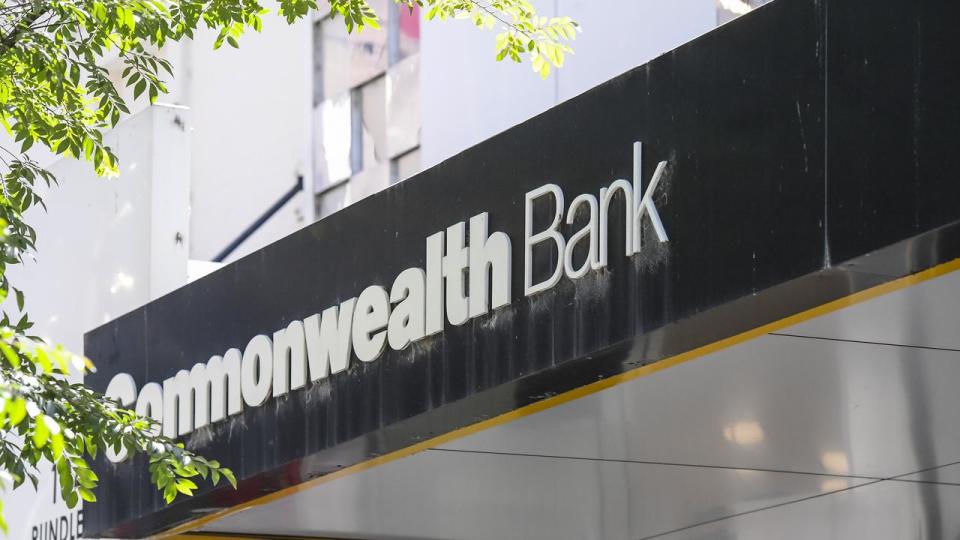
A federal levy which could allow people to continue banking at post offices could be a solution to an ongoing branch closure crisis as banks desert cities and regional hubs across Australia.
A Senate inquiry examining bank closures across regional Australia floated the possibility of offering such a levy to the postal service, as senior Australia Post figures fronted the inquiry on Friday.
Earlier in the day, it was revealed more than 2100 Aussie bank branches have closed across the country since 2017, marking a 39 per cent reduction in active branches for major metropolitan areas.
Bosses of the big four banks have also been grilled previously by the rural and regional affairs and transport committee over the alleged failure of Australia’s major banks to measure general business activities, such as signing documents or changing account details, while deciding whether branches should be closed.
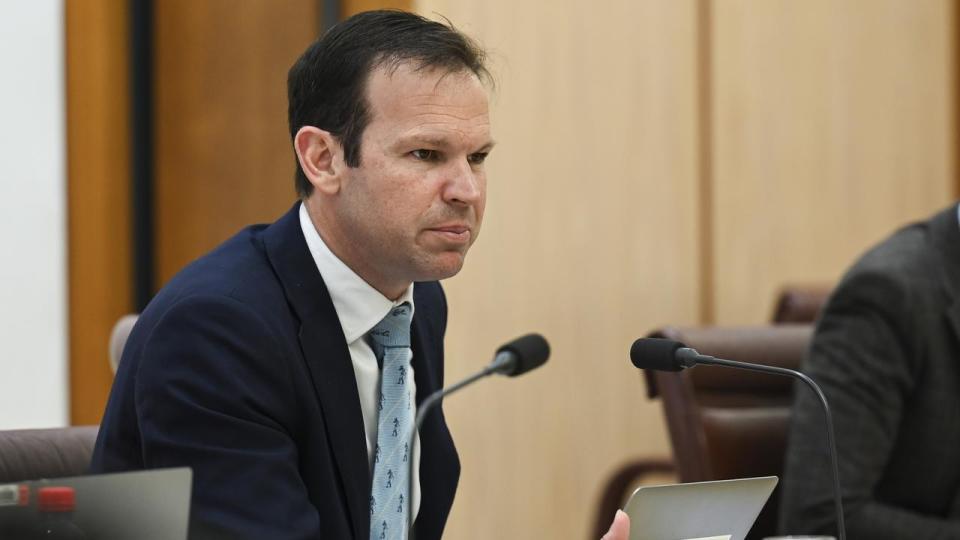
In a submission to the inquiry, Australia Post said their Bank@Post service was available at 3500 post offices across the country – 1800 of which were in regional or remote areas.
“Cash remains a vital means of payment for some members of the community; however, maintaining access to cash after a local branch closure can be challenging, particularly when the post office is the only provider of bank services,” Australia Post’s submission states.
“Cash services are expensive to maintain, with compliance obligations placing increased pressure on costs.”
Australia Post chief Paul Graham told the inquiry post offices weren’t designed to handle the kind of cash flow usually handled by banks.
It led to Senator Canavan suggesting a federal bank levy for a universal service obligation for post offices to be contracted to provide those services.
The inquiry was told up to $90m was provided by Australian banks last financial year for transaction fees and commissions for similar banking services.
“It doesn’t sound like a lot of money, we (the government) provide hundreds of millions of dollars to Telstra every year for a universal service obligation,” Senator Canavan said.
Mr Graham said it was a matter for the government to decide.
“It needs to be viable, particularly for our licensees, who are struggling in a number of areas due to a change in foot traffic,” he said.
Earlier in the day, Adam Trevorrow from the Australian Prudential Regulation Authority (APRA) revealed the scale of bank closures when quizzed by One Nation senator Malcolm Roberts during Friday’s hearings.
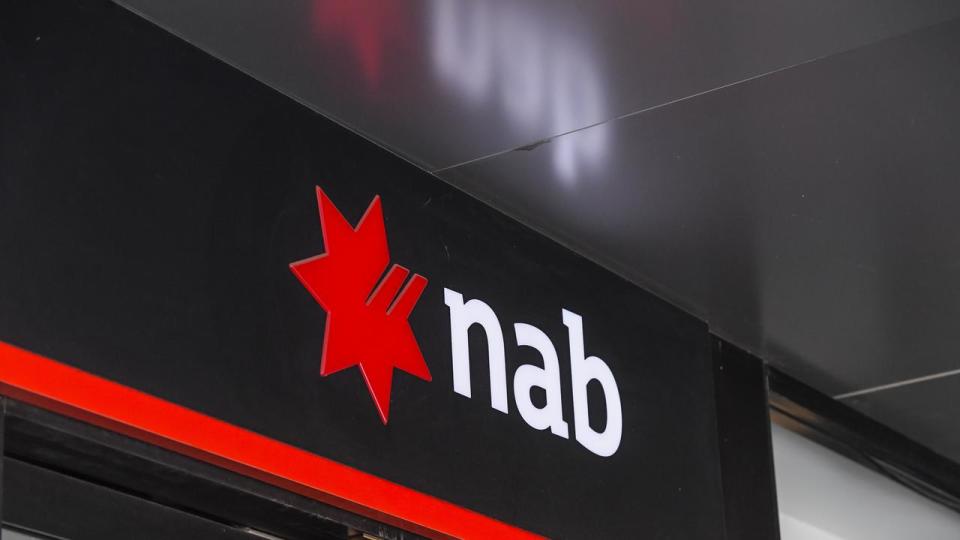
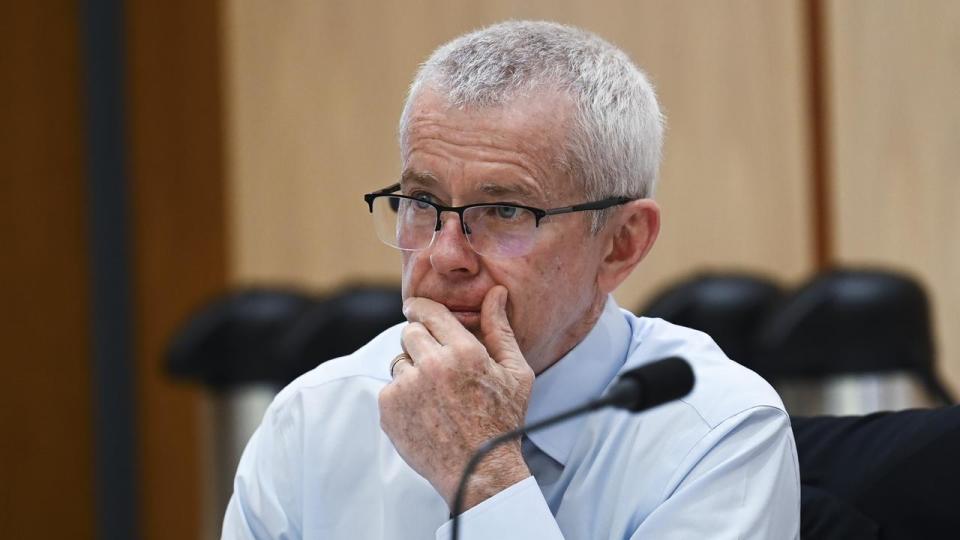
Mr Trevorrow said 420 branches across the country had been closed over the last year alone.
A six-year analysis of APRA data revealed more than 2100 had been closed over six years.
Mr Trevorrow said these numbers marked a 39 per cent reduction in the number of branches in major cities and metropolitan areas. Regional areas suffered a 34 per cent loss.
“So 30-40 per cent in the last six years,” Mr Roberts clarified.
Mr Trevorrow said the number of ATMs across the country was also reducing, with metropolitan areas suffering a 60 per cent decline.
In regional areas, this figure was reduced by 50 per cent.
The figures led to Senator Canavan asking if the government was “asleep at the wheel”.
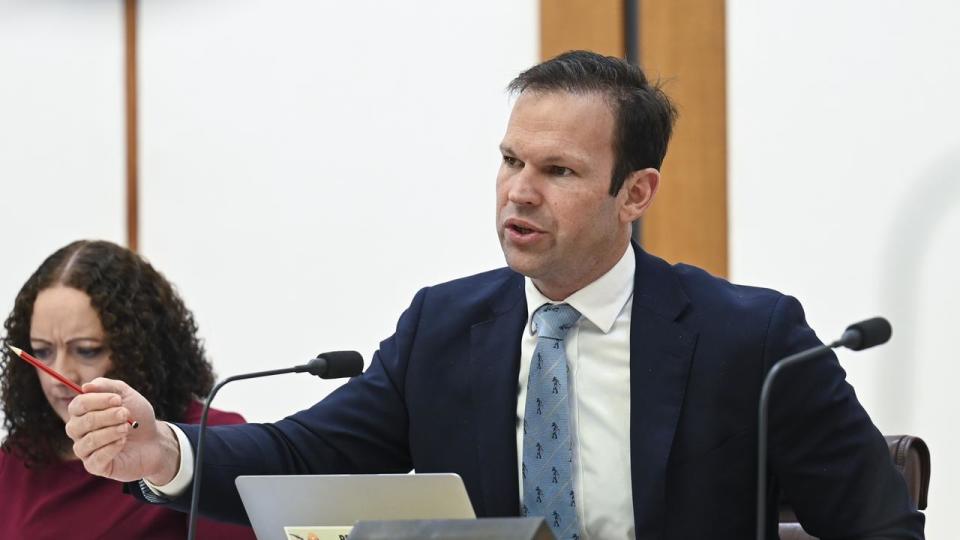
Queensland LNP senator Gerard Rennick questioned Reserve Bank representatives why the RBA was able to print $300bn for “consumption” during the height of the Covid-19 pandemic but not to fund regional infrastructure.
“You printed $300bn and paid it to people to stay at home and watch TV and be terrorised by the state premiers,” Senator Rennick said.
“My point is if you can do that for consumption, why not do it for production and say, for example, lend it to a state or federal government to build a dam or power station, rather than to sit at home and do nothing?”
Merylin Coombs from the RBA said it was a “crisis economy” at the time combined with large levels of uncertainty.
“We went to quite exceptional policy measures,” she said.
Senator Rennick pointed out Australians were living in a cost-of-living crisis and struggling to pay power bills, with little investment over years.
He asked: “Why is it OK to … not fund the construction of infrastructure, which will help our regions and make them more profitable, so banks will stay open?”
NAB recently announced five branches across the country would close from early 2024.
The locations include Tuggeranong in the ACT, Scone in NSW, Emerald in Greater Melbourne, Runaway Bay on the Gold Coast and Balmain in Sydney.
In a statement, NAB retail executive Krissie Jones said the closures were due to more people turning to online banking.
“While we understand some people will be disappointed, this decision was made after looking closely at the number of customers using these branches and the increased use of digital banking in the area,” Ms Jones said.
“Just as people are using online government services to complete their tax or a Medicare claim, locals in these areas are increasingly choosing to bank digitally because it’s often more convenient.”
Senators conducting the inquiry have already examined whether banks should mandate community consultation while deciding on closures or an undertaking to “maintain a rural presence” as part of their licence obligations.

 Yahoo Finance
Yahoo Finance 